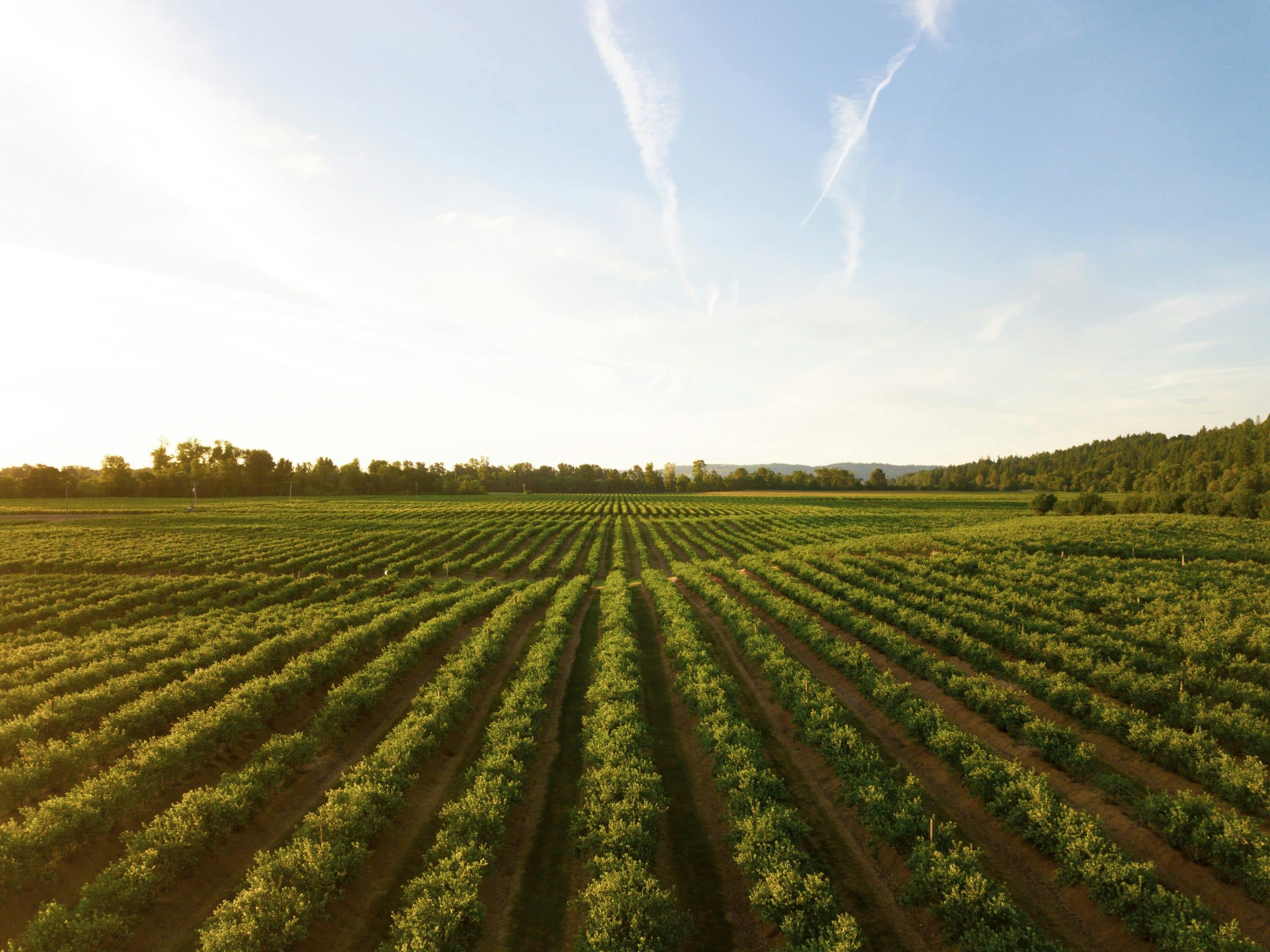As we delve into the 21st century, the world is faced with increasingly complex and pressing issues relating to food security, environmental sustainability, and economic prosperity. The heart of these challenges lies in the hands of the world’s farmers and the agricultural sector. This article explores how emerging technologies, specifically Artificial Intelligence (AI) and the Internet of Things (IoT), can help farmers and the broader agricultural industry, to develop a more sustainable, smart and productive farming system.
The Role of Data in Modern Agriculture
Data has become a new form of currency in the modern world, and its potential within agriculture is immense. Farmers today are surrounded by an abundance of data sources, from satellite imagery and weather forecasts, to soil and crop sensors. The challenge lies in harnessing this data to draw insights and make informed decisions.
A découvrir également : MyImageGPT: More than imagination, towards virtual reality
IoT technology is enabling farmers to collect vast amounts of data about their crops and the environment in real time. Sensors placed in the soil can detect moisture levels, pH balance and nutrient content, while others monitor weather conditions and crop health. Understandably, the sheer volume of data can be overwhelming, and this is where AI comes into play.
AI has the capacity to interpret this raw data, identify patterns and trends, and generate actionable insights. Farmers can use AI algorithms to predict crop yields, identify disease outbreaks before they take hold, and automate irrigation systems for optimal water management. This use of data and AI is paving the way for precision agriculture – a farming management concept which aims to improve yield, quality and sustainability of agricultural production.
En parallèle : How to make videos using GPT Chatbots ?
Developing Smart Farming Techniques
The concept of smart farming is becoming increasingly popular in the agricultural industry. Combining modern technologies like AI and IoT with traditional farming practices can lead to improved crop yield, efficient use of resources, and better risk management. This is particularly beneficial in developing regions where resources are limited and farming systems need to become more resilient to climate change and other challenges.
Crop sensors, for example, can detect when crops are stressed due to lack of water, pests or disease. This real-time data allows farmers to take immediate action, thus saving both time and resources. An automated irrigation system can also be controlled by AI algorithms, ensuring crops receive the exact amount of water they need, minimising waste and conserving water resources.
On a larger scale, AI can assist with farm management by providing real-time visibility into every aspect of the farming operation. This includes tracking the health and location of livestock, monitoring machinery performance and predicting potential failures, and optimising planting and harvesting schedules based on weather predictions.
The Intersection of AI and IoT in Crop Management
AI and IoT are powerful tools that can revolutionise crop management. By leveraging data, these technologies can optimise the use of resources, increase crop yields, and improve the overall sustainability of farming operations.
One key area where AI and IoT intersect is in the field of predictive analytics. With enough data, AI algorithms can accurately predict the best time to plant, fertilise, and harvest crops based on a range of factors including weather conditions, soil health, and crop growth patterns.
IoT devices, such as drones and satellite imagery, are also being used to monitor crop growth and identify issues such as pests or disease. This allows farmers to address problems rapidly, often before they spread or cause significant damage. Additionally, these devices can be used to apply fertilisers or pesticides in a precise manner, again optimising resource use and minimising environmental impact.
The Future of Sustainable Agriculture with AI and IoT
As the global population continues to expand, the demand for food is set to rise significantly. Simultaneously, climate change, water scarcity, and soil degradation present growing challenges for farmers. In this context, the combination of AI and IoT technologies offers a promising solution to drive sustainable agriculture.
Through real-time monitoring, predictive analytics, and smart automation, AI and IoT can help farmers make data-driven decisions, optimise resource use, and increase crop yield in a sustainable way. These technologies can also contribute towards reducing the agriculture sector’s environmental footprint, by minimising the use of water, fertilisers, and energy.
The potential benefits of AI and IoT in agriculture are significant, but there are also challenges to be overcome. These include the cost of technology and infrastructure, data privacy and security concerns, and the need for adequate skills and training among farmers. Despite these challenges, the convergence of AI and IoT in agriculture is an exciting development with the potential to revolutionise the sector and contribute towards a sustainable future.
Enhancing Supply Chains with AI and IoT
The integration of AI and IoT in agriculture not only optimises crop production but also has significant implications for the broader agricultural supply chain. Supply chain management in agriculture involves a range of processes, from planting and harvesting to storage, processing, distribution and retail. Each of these stages presents opportunities for data collection, analysis and decision-making.
AI and IoT technologies are enabling real-time tracking and monitoring of products as they move through the supply chain. Farmers can use IoT devices to tag and track their produce, ensuring its freshness and quality at every stage. For instance, temperature sensors in storage facilities can alert farmers to fluctuations that might affect the quality of stored crops, allowing them to take proactive actions.
Machine learning algorithms can further analyse this vast amount of data to predict supply and demand trends, optimise pricing and reduce waste. AI can also assist with logistical planning, such as optimising transport routes for efficiency and sustainability.
The use of these technologies in the supply chain can result in improved quality control, reduced waste, higher profitability and greater sustainability. Furthermore, it can also provide consumers with transparency about the origin of their food, the farming practices used, and the journey it has taken from farm to fork.
Conclusion: Overcoming Barriers for a Sustainable Agricultural Future
While the potential of AI and IoT for transforming agriculture is clear, we must also acknowledge the barriers to their adoption. These include the initial cost of technology, the need for reliable internet connectivity, data privacy and security concerns, and the requirement for skills and training among farmers.
However, these challenges are not insurmountable. The cost of technology is falling, and connectivity is improving, even in remote regions. Governments, tech companies and NGOs are also stepping up efforts to provide farmers with the necessary skills and training.
Most importantly, the transition to smart farming and sustainable agriculture demands an integrated approach that combines these new technologies with traditional farming practices, local knowledge and environmental conservation. AI and IoT should be seen as tools to aid this process, rather than solutions in themselves.
In conclusion, the convergence of AI and IoT in agriculture presents a compelling opportunity to enhance crop yield, optimise resource use, and promote sustainable development. The future of agriculture lies in harnessing the power of data to inform and enhance decision-making processes – a future that is, in many ways, already upon us. As we move further into the 21st century, the role of these technologies in shaping a sustainable and resilient agricultural system will only continue to grow.











